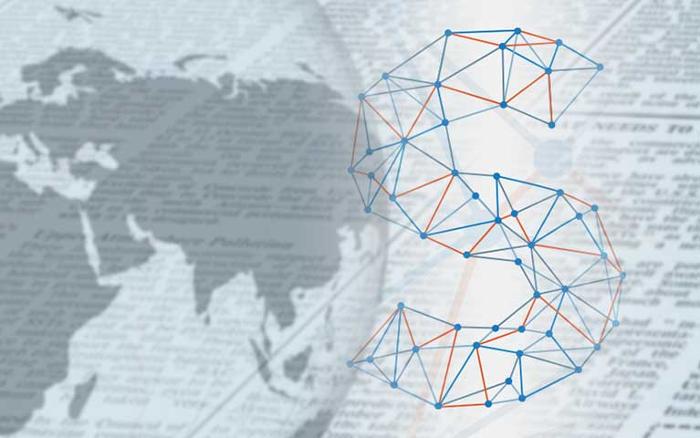

Verónica Hernández (ASEPAL): "PPE management has undergone a significant technological transformation".
The management of personal protective equipment (PPE) has undergone significant technological transformation in recent years driven by the need to find effective solutions to specific protection problems, says Verónica Hernández, secretary general of ASEPAL, the Association of Personal Protective Equipment Companies, in an interview.
How important is technology in the development and use of personal protective equipment?
Personal protective equipment (PPE) management has experienced a significant technological transformation in recent years. This transformation has been driven by the need to find efficient solutions to specific protection problems. For each specific protection problem there are only one or two ideal solutions, although there are many more on the market. For this reason, this process can be complex and requires the solid training of a specialist in health and safety in the workplace, a manufacturer or a reputable and professional PPE distributor. It is therefore essential to use trustworthy partners who are with us throughout the selection process, such as ASEPAL members.
What have been the most important technological developments in recent years?
Current digital innovations in protection equipment are related to the development of systems and technological solutions to enable usage control, revisions and maintenance for organisations of all sizes. This includes the use of smart elements in equipment, allowing it to be specifically adapted to the worker. What’s more, the signature of the person to whom the PPE has been assigned can be registered for efficient monitoring.
Customisation can be achieved through 3D scanning and printing, as is becoming widespread in the field of hearing protection or in the soles of protective footwear. The protection of different PPEs can be controlled through individual measurements. There also different software solutions to improve use, providing information on the PPE, such as informative leaflets and training apps.
What is the role of privacy and user responsibility in all of this?
It is important to highlight the use, revision and maintenance of the PPE is almost entirely the responsibility of the user, according to RD 773/1997. For this reason it is essential that users are aware of their role in the protection of their own health and safety in the workplace. At ASEPAL we push for greater awareness and training of health and safety technicians in the workplace and for that of workers on the correct use of PPE through information campaigns on social media, online course and the PPE Guide. It is therefore essential that technological advances in PPE are appropriately implemented depending on the employee and their digital skills to guarantee health and safety in the workplace.
As regards the privacy of data that can be collected by these PPE or systems, there is an important debate to be opened in this respect, because allowing user feedback to the manufacturer, data management of problems and suggestions and adherence to best practices may be limited by the data protection of both user companies and individuals.
As well as digitalisation, what other innovations stand out in relation to PPE?
Indeed, innovation in the field of PPE is not limited to digitalisation. Some of the greatest innovations emerging in this field are related to the inclusion of innovative and strong materials in PPE, such as synthetic fibres, nanomaterials and bioplastics. These materials improve the durability, comfort and adaptability of PPE, resulting in better overall performance.





